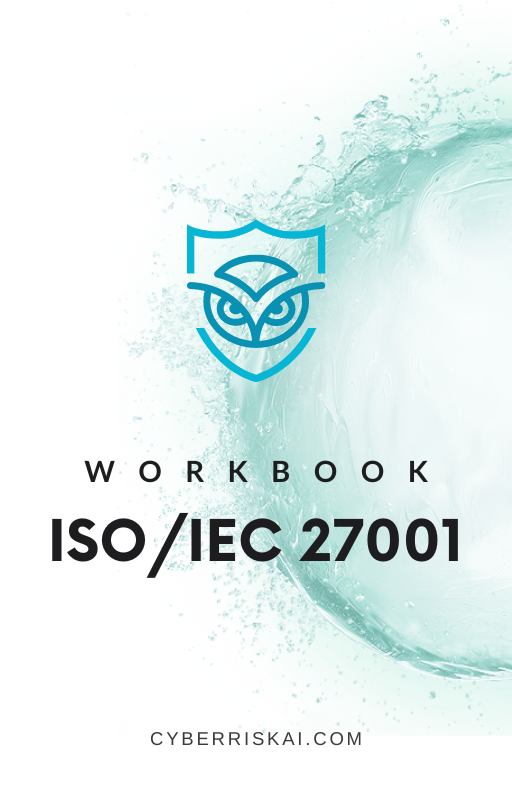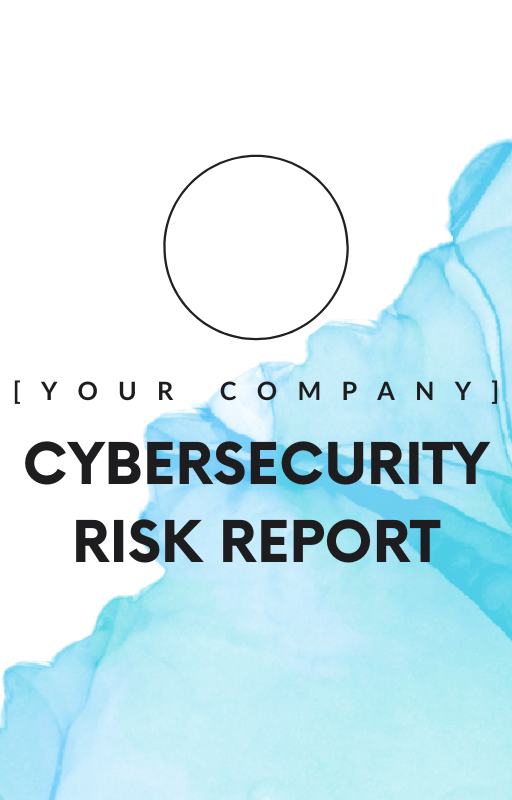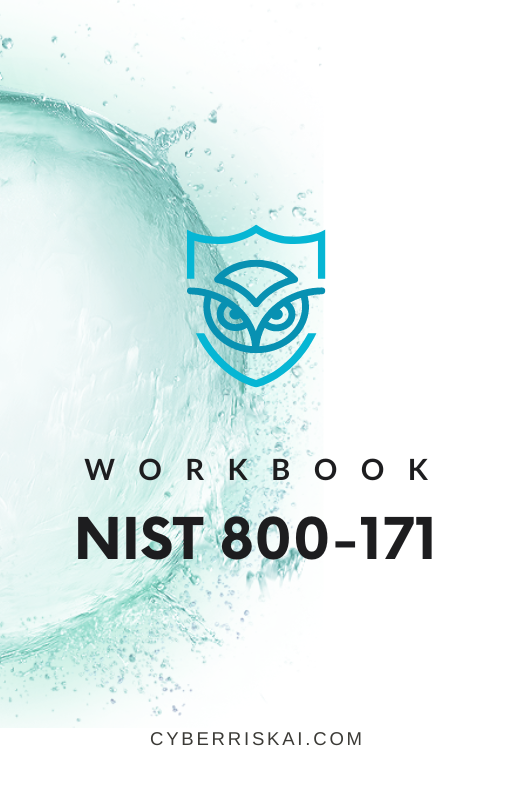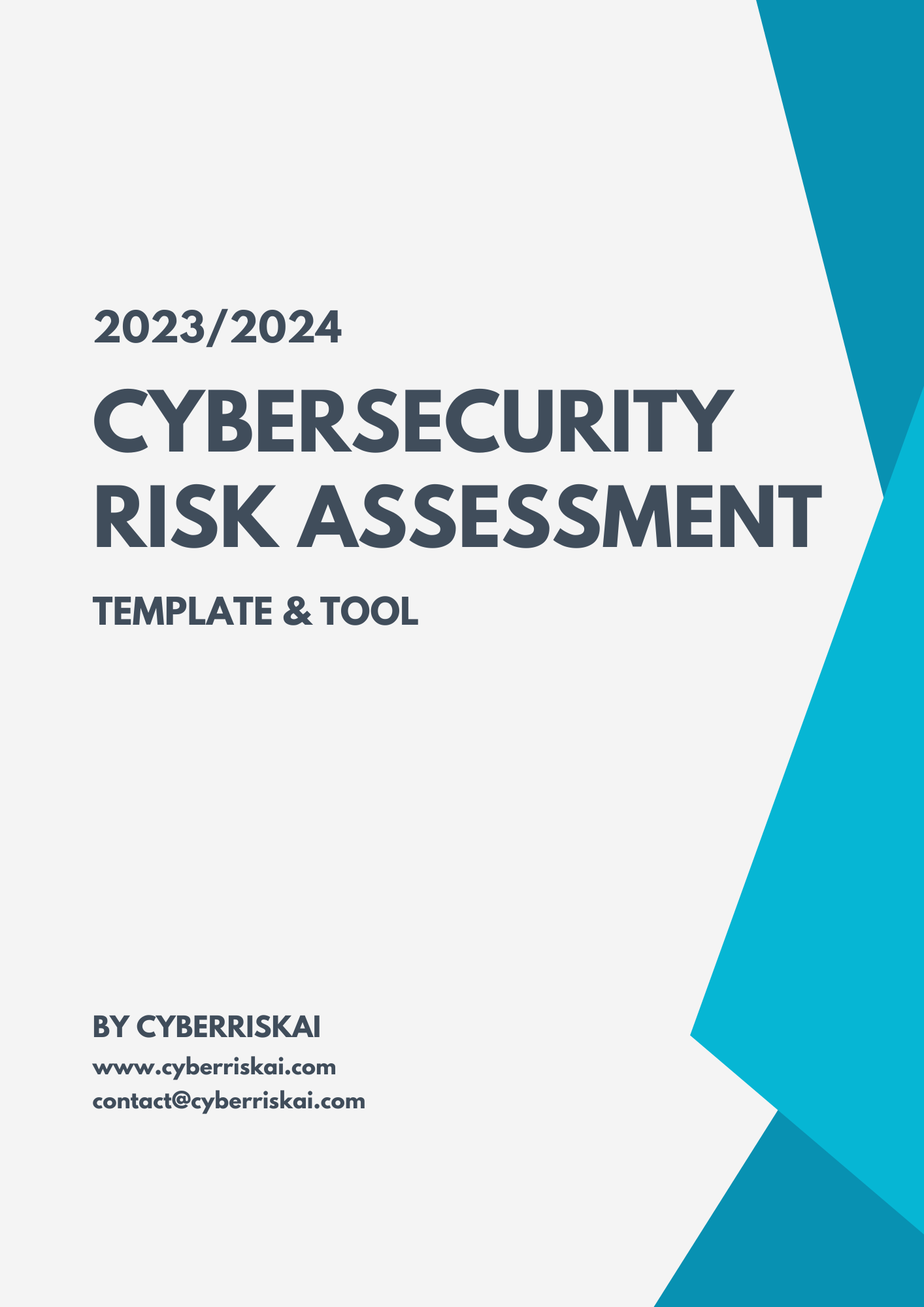NIST Controls
Table of Contents
- Introduction to NIST Controls
- Examples of NIST Controls
- Categories of NIST Controls
- Action Items for NIST Controls
Introduction to NIST Controls
NIST Controls, also known as the National Institute of Standards and Technology Controls, are a set of cybersecurity guidelines and best practices developed by the United States government. These controls provide organizations with a framework to protect their systems, data, and assets from various cyber threats.
Why NIST Controls?
With the increasing sophistication and frequency of cyber attacks, it has become crucial for organizations to implement strong cybersecurity measures. NIST Controls offer a comprehensive approach to address the most common and emerging cyber threats, ensuring the confidentiality, integrity, andavailability of organizational information and resources.
Examples of NIST Controls
NIST Controls encompass a wide range of security measures that organizations can implement to mitigate cyber risks. Some examples of NIST Controls include:
| Control | Description |
|---|---|
| Access Control | Restricting access to sensitive information and resources based on user roles and permissions. |
| Security Awareness Training | Educating employees about potential security threats and the proper handling of sensitive data. |
| Incident Response | Establishing procedures to detect, respond to, and recover from security incidents. |
| Encryption | Using cryptographic techniques to secure data both at rest and in transit. |
Categories of NIST Controls
NIST Controls can be categorized into 18 families, each focusing on a specific aspect of cybersecurity. These families are:
- Access Control
- Awareness and Training
- Configuration Management
- Continuous Monitoring
- Data Protection
- Identification and Authentication
- Incident Response
- Maintenance
- Media Protection
- Personnel Security
- Physical and Environmental Protection
- Planning
- Program Management
- Risk Assessment
- Security Assessment and Authorization
- System and Communications Protection
- System and Information Integrity
- Supply Chain Risk Management
Action Items for NIST Controls
Implementing NIST Controls involves several action items to ensure robust cybersecurity practices. Some common action items include:
- Conducting a thorough risk assessment to identify potential vulnerabilities and threats.
- Developing and implementing security policies and procedures based on NIST guidelines.
- Establishing a formal incident response plan to handle breaches and security incidents.
- Regularly updating and patching software and systems to address known vulnerabilities.
- Providing ongoing employee training and awareness programs to promote a security-conscious culture.
Conclusion
NIST Controls offer a comprehensive framework for organizations to protect their systems and data from cyber threats. By implementing these controls and following best practices, organizations can significantly reduce the risk of a security breach and mitigate potential damages. It is important for organizations to stay updated with the latest NIST guidelines and continuously evaluate and improve their cybersecurity posture to ensure the utmost protection.
For a complete checklist of NIST controls and their detailed descriptions, get a copy of CyberRiskAI's NIST workbook where you can find the control list in Excel format.



